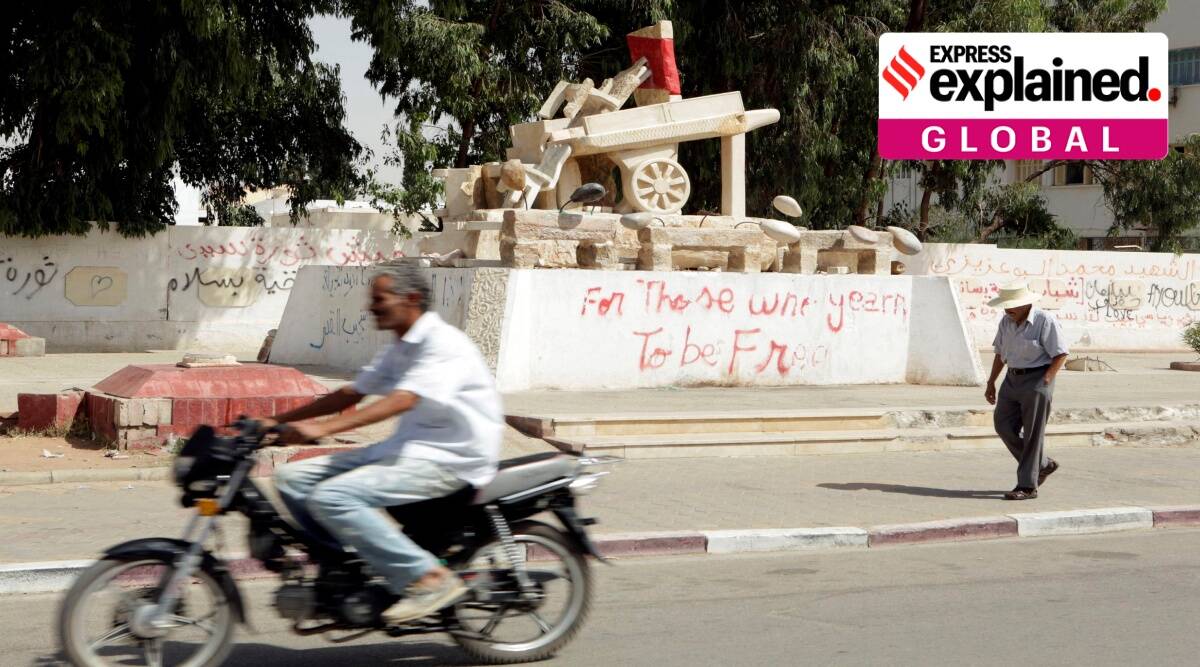Free Courses Sale ends Soon, Get It Now


Free Courses Sale ends Soon, Get It Now



Disclaimer: Copyright infringement not intended.
Context: Tunisian President Kais Saied is set to secure more power under a new constitution that is expected to pass in a referendum, in what critics fear is a march to one-man rule over a country that rose up against dictatorship in 2010.
More on the news:
How the Arab Spring panned out for the countries affected:
TUNISIA
EGYPT
YEMEN
LIBYA
BAHRAIN
SYRIA
https://indianexpress.com/article/explained/explained-what-became-of-the-arab-spring-8051102/
© 2024 iasgyan. All right reserved